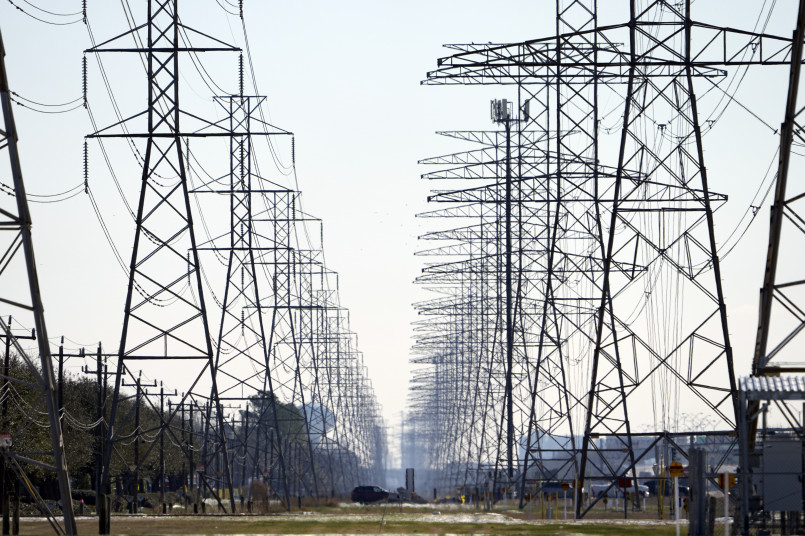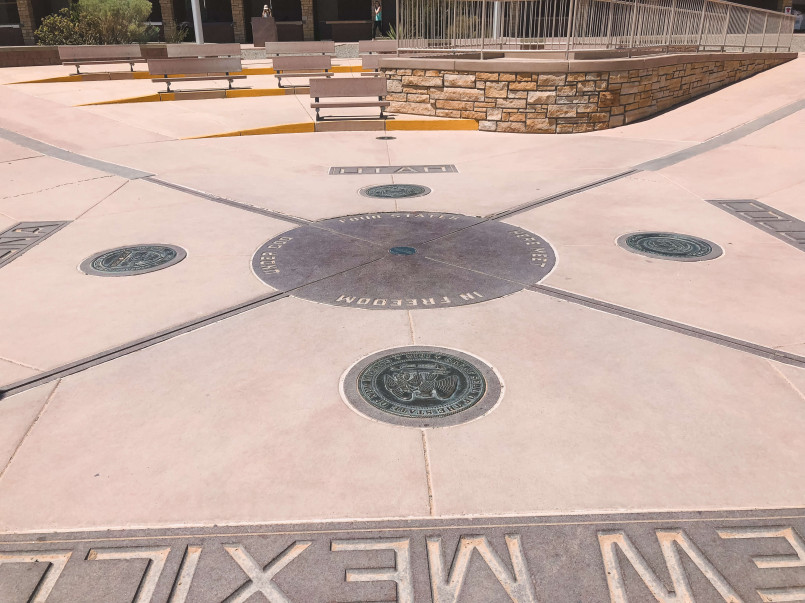On December 7, 1787, Delaware made history by becoming the first of the original thirteen colonies to ratify the United States Constitution, earning it the nickname "The First State." This small but significant state beat larger colonies to claim this distinctive honor through a combination of geography, politics, and decisive leadership.
When we celebrate the birth of the United States, we often focus on July 4, 1776 - the day the Declaration of Independence was adopted. However, another significant date deserves recognition: December 7, 1787, when Delaware earned its permanent place in American history by becoming the first state to ratify the Constitution, officially joining the new Union and earning its enduring nickname "The First State."
This small mid-Atlantic colony's rapid decision to embrace the new framework of government wasn't merely coincidental. It represented a calculated choice that reflected Delaware's unique position among the original thirteen colonies and its distinctive interests in forming a stronger national government.
Delaware's Historical Context
To understand why Delaware moved so quickly, we must first understand its precarious position in colonial America. Originally part of Pennsylvania, Delaware (or "the Lower Counties on Delaware" as it was known) had only recently established its own assembly in 1704. However, it remained under Pennsylvania's governor until the American Revolution.
As one of the smallest colonies with only about 60,000 residents, Delaware faced vulnerability from multiple fronts. Its location on the Delaware Bay made it strategically important but also exposed to naval threats. During the Revolutionary War, Delaware experienced British occupation and significant hardships.

This history created a population that was particularly receptive to the idea of a strong central government that could provide protection and security while still preserving local autonomy.
The Constitutional Convention
When the Constitutional Convention convened in Philadelphia in 1787, Delaware sent five delegates: George Read, Gunning Bedford Jr., John Dickinson, Richard Bassett, and Jacob Broom. These men played crucial roles in the convention's proceedings and in shaping the document that would become the U.S. Constitution.
John Dickinson, in particular, was influential in advocating for a system that would protect smaller states. As a leading political thinker of his time, Dickinson helped craft the Great Compromise, which established a bicameral legislature with proportional representation in the House and equal representation in the Senate. This arrangement was particularly beneficial to small states like Delaware.
Race to Ratification
Once the Constitution was completed and sent to the states for ratification in September 1787, Delaware acted with remarkable speed. The state legislature called a special convention that met in Dover on December 3, 1787. Just four days later, on December 7, the delegates voted unanimously (30-0) to ratify the Constitution.
This unanimous decision is particularly noteworthy. While other states experienced significant divisions between Federalists (who supported the Constitution) and Anti-Federalists (who opposed it), Delaware demonstrated remarkable unity on this issue.

Strategic Advantages
Several factors contributed to Delaware's first-place finish in the ratification race:
First, Delaware's small size made it easier to achieve consensus. With a more homogeneous population and fewer competing regional interests than larger states, Delaware could move quickly once a decision was made.
Second, Delaware's delegates recognized the critical benefits the new Constitution offered their state. The equal representation in the Senate meant Delaware would have the same voting power as larger states like Virginia or Pennsylvania in one chamber of Congress - a significant advantage for the small state.
Third, Delaware had economic motivations. As a coastal state dependent on commerce, Delaware's leaders saw the advantages of a federal government that could regulate interstate commerce and create a more stable economic environment.
Legacy of Being First
Being the first state to ratify the Constitution gave Delaware more than just a nickname. This historical primacy became an important part of Delaware's identity and continues to be celebrated today. The license plates proudly display "The First State" slogan, and Delaware's place in history is taught in schools across America.
This distinction also symbolizes Delaware's ongoing commitment to governance innovation. Today, Delaware is known for its business-friendly corporate laws, which have made it the legal home to more than two-thirds of Fortune 500 companies despite its small size.
Delaware's Ratification Process
The actual ratification proceedings were remarkably swift and efficient. The state's convention delegates met at Battell's Tavern (now known as the Golden Fleece Tavern) in Dover. After reviewing the proposed Constitution and engaging in some debate, they quickly reached agreement.
The unanimous vote was recorded and Delaware became the first state in the new nation. Pennsylvania followed five days later, and New Jersey joined by December 18. It would take until June 21, 1788, before the required nine states had ratified, officially establishing the Constitution as the law of the land.
By acting decisively and quickly, Delaware secured its place in history and set an example that helped build momentum for other states to join the new constitutional republic. That legacy of decisive action continues to be a point of pride for Delawareans more than two centuries later.
Frequently Asked Questions About The Fascinating Story Behind Why Delaware Became the First US State
Why did Delaware ratify the Constitution so quickly?
Delaware ratified quickly because its small size facilitated faster consensus, its delegates strongly supported the Constitution's provisions that protected smaller states (especially equal representation in the Senate), and it had economic interests in establishing a strong federal government that could regulate interstate commerce and create stability.
Was Delaware's vote to ratify the Constitution unanimous?
Yes, Delaware's special convention voted unanimously (30-0) to ratify the U.S. Constitution on December 7, 1787. This unanimous decision was unusual, as many other states experienced significant divisions between Federalists who supported the Constitution and Anti-Federalists who opposed it.
Where did Delaware's ratification take place?
Delaware's ratification took place at Battell's Tavern, now known as the Golden Fleece Tavern, in Dover. The convention delegates met there on December 3, 1787, and completed the ratification process just four days later.
Who were the important Delaware delegates to the Constitutional Convention?
Delaware sent five delegates to the Constitutional Convention: George Read, Gunning Bedford Jr., John Dickinson, Richard Bassett, and Jacob Broom. John Dickinson was particularly influential in advocating for protections for smaller states, helping to craft the Great Compromise that established equal representation in the Senate.
When did Delaware officially get the nickname 'The First State'?
While Delaware has been recognized as the first state to ratify the Constitution since 1787, it didn't officially adopt 'The First State' as its nickname until 2002, when the Delaware General Assembly passed legislation making it the official state nickname.






